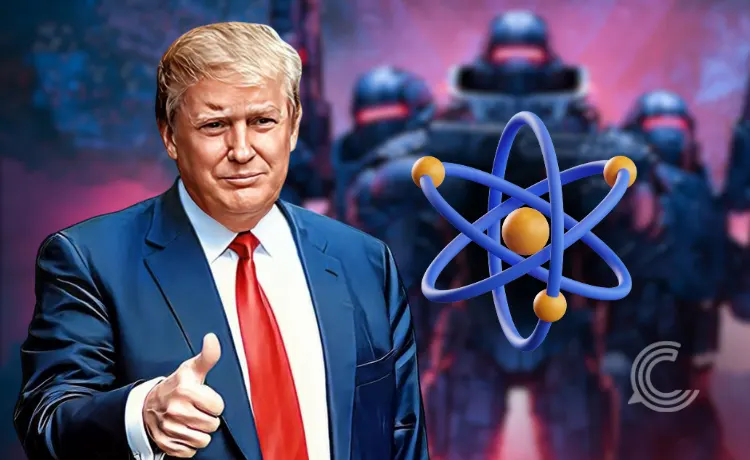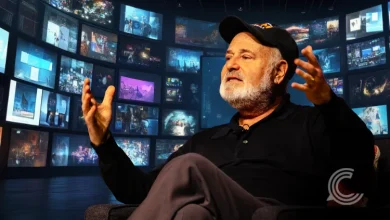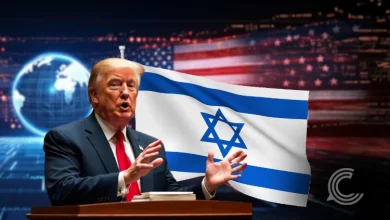Donald Trump Orders US to Revive Nuclear Weapons Tests After 33-Year Hiatus

Key Points:
- President Donald Trump ordered the immediate resumption of U.S. nuclear weapons testing, ending a voluntary moratorium held since 1992
- The directive, announced ahead of a meeting with Chinese President Xi Jinping, is framed as a response to advanced nuclear programs in Russia and China
- The move marks a major shift in U.S. nuclear posture, risking escalation of a global arms race and potentially undermining international non-proliferation efforts
U.S. President Donald Trump has issued an order for the immediate resumption of nuclear weapons testing, a dramatic policy reversal that ends a 33-year moratorium observed by the United States. The directive was announced via the social media platform Truth Social on Thursday, just hours before President Trump was scheduled to meet with his Chinese counterpart, Xi Jinping, in Busan, South Korea.
The U.S. last conducted a full-scale nuclear explosive test in September 1992 at the Nevada Test Site. Since then, the nation has relied on a sophisticated Stockpile Stewardship Program, using advanced computer simulations and subcritical experiments, to ensure the safety and reliability of its nuclear arsenal without live detonations.
Equalling Rivals’ Programs
President Trump framed the decision as a necessary step to counter the perceived advances of other major powers. He wrote, “Because of other countries’ testing programs, I have instructed the Department of War to start testing our Nuclear Weapons on an equal basis. That process will begin immediately.”
The announcement follows a period of heightened strategic competition and recent demonstrations of advanced capabilities by both Russia and China. Russian President Vladimir Putin recently touted the successful tests of new strategic weapons, including the nuclear-powered Poseidon underwater drone and the Burevestnik cruise missile, which are designed to evade missile defenses.
In his post, President Trump claimed that the United States possesses more nuclear weapons than any other country, but warned of the rapid expansion by rivals. “Russia is second, and China is a distant third, but will be even within 5 years,” he stated. This echoes U.S. intelligence assessments which project that China’s rapidly modernizing arsenal could near parity with American and Russian capabilities by 2030, according to analysis reported by The Center for Strategic and International Studies (CSIS).
Geopolitical Ramifications and Arms Control
The decision to resume testing carries profound geopolitical implications, threatening to unravel decades of international arms control efforts. The United States is a signatory, though not a ratifier, of the 1996 Comprehensive Nuclear-Test-Ban Treaty (CTBT), which bans all nuclear explosive tests globally. Though Russia initially ratified the treaty, it withdrew its ratification in 2023, citing the U.S.’s unratified status.
Arms control experts have broadly condemned the move. Daryl Kimball, Executive Director of the Arms Control Association, reportedly criticized the announcement, stating that the U.S. has “no technical, military, or political reason to resume nuclear explosive testing.” Critics argue the directive risks triggering a chain reaction, pushing other nuclear-armed states like China and India to restart their own explosive testing programs, thus undermining the Nuclear Non-proliferation Treaty (NPT) regime.
The timing of the announcement, just before the high-profile summit with President Xi, highlights the move’s strategic messaging component. The decision is seen as a deliberate assertion of U.S. strategic power and an attempt to strengthen Washington’s hand in any future trilateral arms control discussions, a framework President Trump has previously called for.
Implementation and Domestic Pushback
The practical reality of resuming explosive testing is complex. Experts estimate that it could take months, or even years, to prepare the Nevada National Security Site for a safe, underground nuclear detonation. Furthermore, the directive faces immediate domestic political pushback.
As reported by Yahoo News UK, Representative Dina Titus (D, Nev.), whose district is near the former test site, immediately posted on X, “Absolutely not. I’ll be introducing legislation to put a stop to this.” The Department of Energy, not the Department of Defense (which President Trump referenced as the “Department of War”), is the agency responsible for the nation’s nuclear infrastructure. The lack of detailed planning raises questions about the order’s immediate execution.
While the President claimed he “HATED to do it” due to the weapons’ “tremendous destructive power,” the move signals a distinct break from the policy of nuclear restraint that has been a global norm for over three decades.



